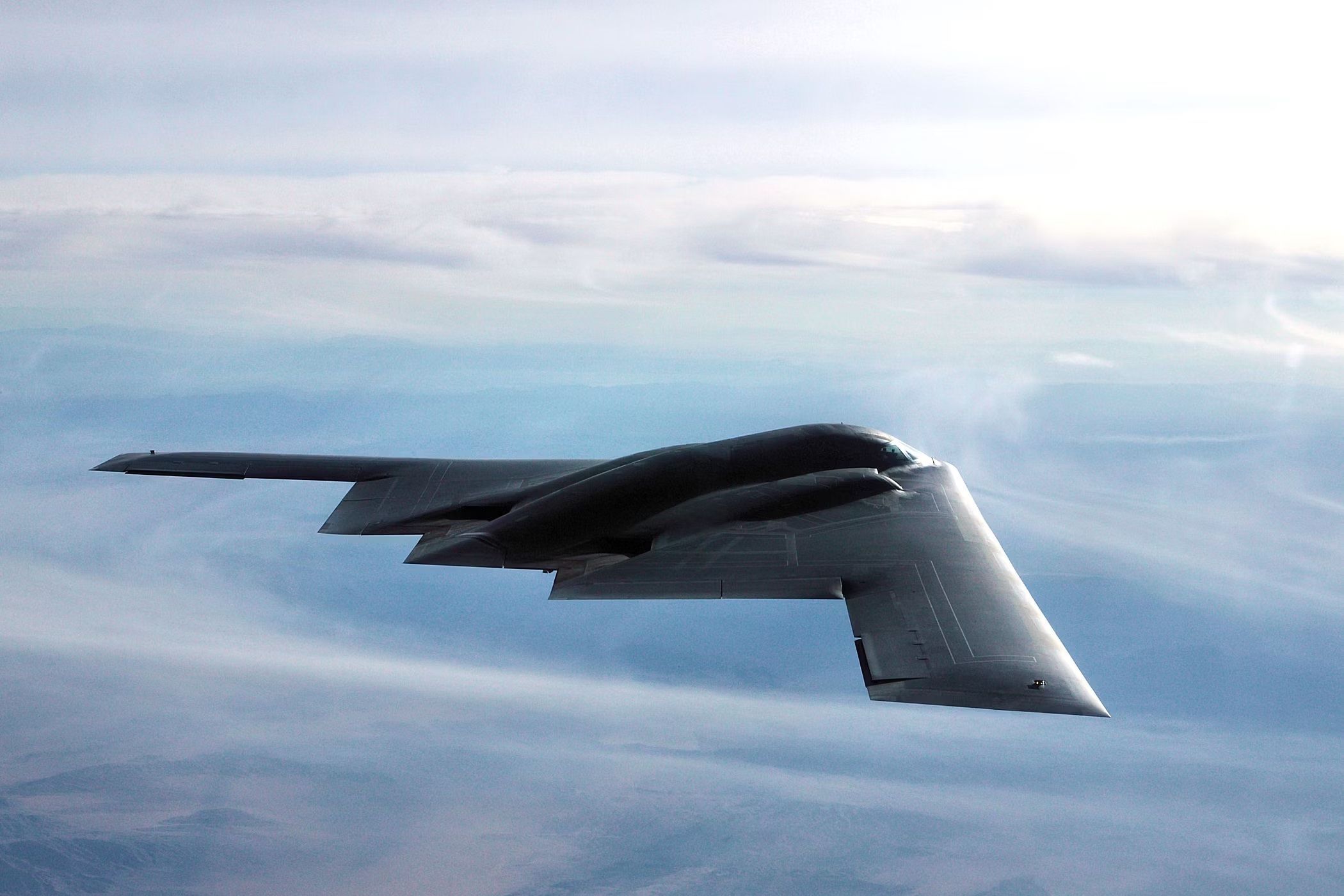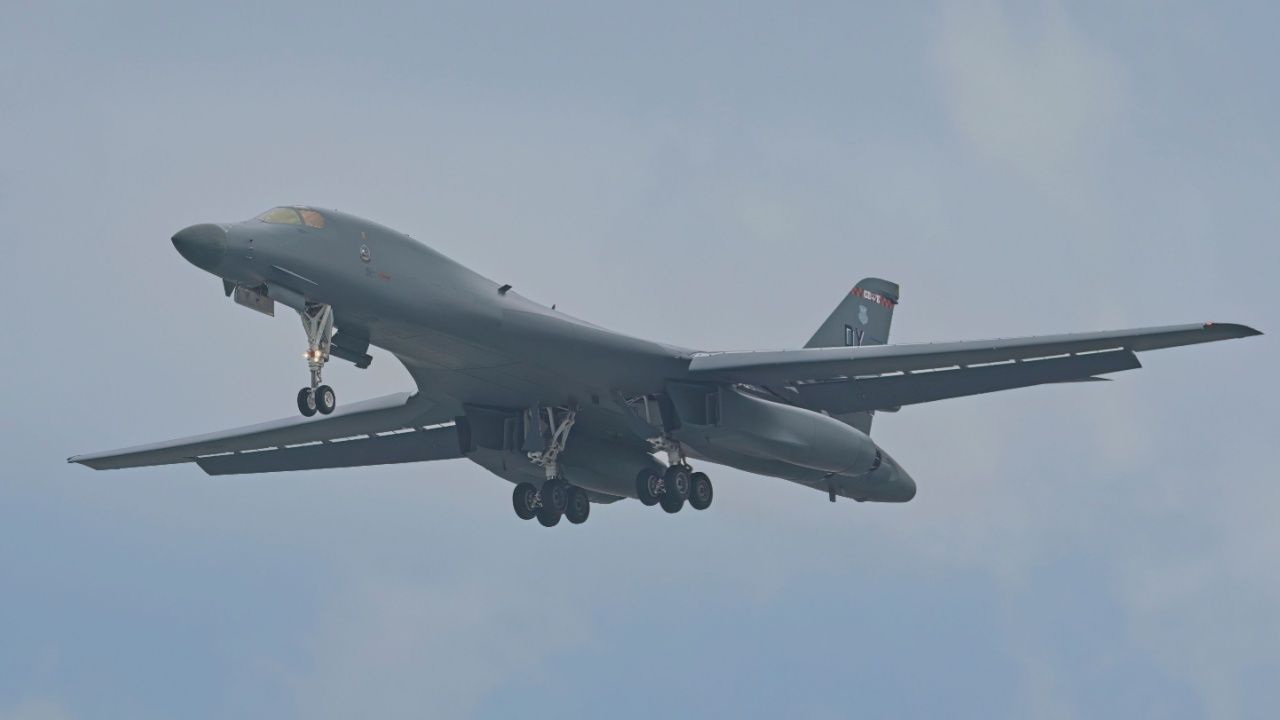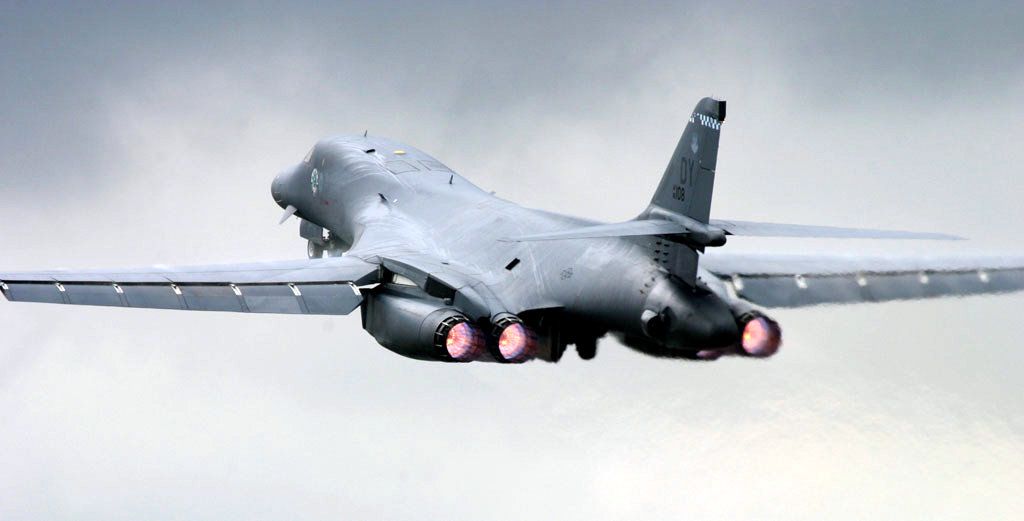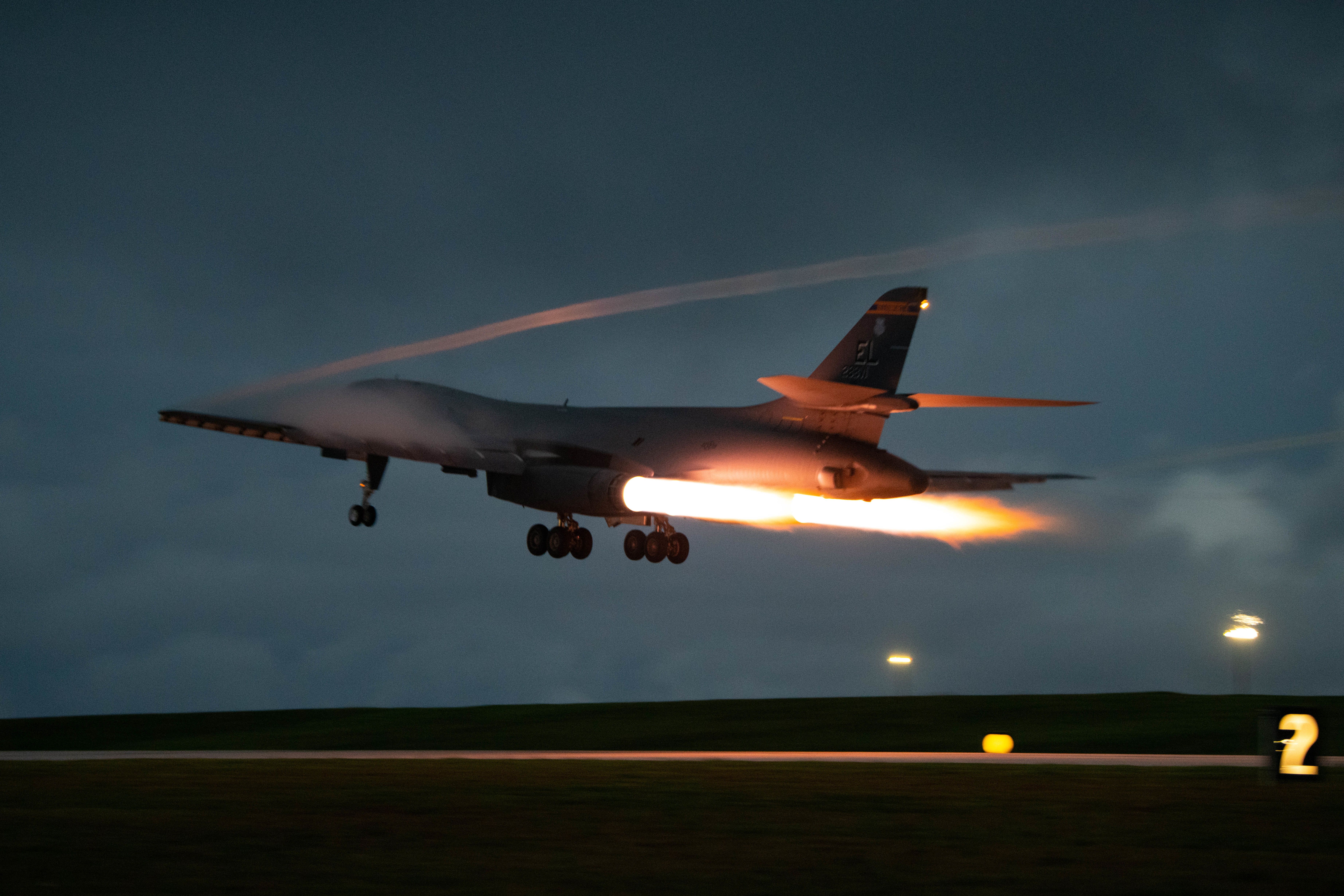Summary
- Crew & weather blamed for B-1 Lancer crash in January.
- Less than 60 B-1 Lancers remain in operational service.
- The crash revealed organizational shortcomings.
The Air Force Strike Command has determined that multiple crew failures, coupled with terrible weather and a last-minute brush with wind shear, caused the crash of the B-1 Lancer bomber in January. Following the loss, to maintain the fleet size, the Air Force responded by bringing the B-1 Lancer ‘Lancelot’ out of retirement. Less than 60 B-1 Lancers remain in operational service in the Air Force.
Crew & weather to blame for B-1 Lancer crash
The investigation placed much of the blame on the crew as well as poor weather conditions. It is unclear yet what disciplinary actions will be taken against the crew or others held responsible for the crash. The investigation noted an “organizational culture that tolerated degradation of airmanship skills, inadequate focus on governing directives, lack of discipline, and poor communication regarding airfield conditions and hazards.”
The five factors contributing to the crash include:
- Failure to perform standard crew resource management
- Adverse weather conditions, including undetected wind shear and foggy conditions
- Ineffective flying operations supervision
- Lack of awareness of airfield conditions
- An unhealthy organizational culture
The report concluded, “Many failures leading to this mishap were not a one-time occurrence or an aberration. The mishap occurred due to numerous factors, including a culture of noncompliance, widespread deviation from established policy and procedure, and several organizational influences and preconditions.”

Related
Only 19 Remain: USAF Finds Crashed $2 Billion B-2 Spirit Stealth Bomber Much Too Pricey To Fix
The Air Force’s fleet continues to shrink.
January 2024 B-1 Lancer crash
The B-1 bomber crashed at the Ellsworth Air Force Base in South Dakota. The incident saw all four crew members ejecting to safety and the destruction of the strategic bomber (the accident is very precisely estimated to have been worth $456,248,485.00). The crash took place at 17:47 local time as it touched down around 100 feet short of the runway.
The Air Force report described the crash: “The [Mishap Aircraft] MA’s rear radome struck the ground, and the main landing gear struck the approach lighting system before the MA skidded across the runway. The Mishap Crew (MC) ejected from the MA, with all four members safely departing the MA.” It goes on to say that the aircraft continued to skid across Runway 13 for around 5,000 feet before coming to a rest and catching fire. The aircraft was completely lost.
Photo: USAF
B-1 Lancers are the fastest of the US Air Force’s triad fleet of three strategic bombers (the other two include B-52H Stratofortresses and B-2 Spirit bombers). As the B-21 Raider, now in low-rate production, enters service, the Air Force is expected to divest the remaining B-1 Lancers in service.
The loss of a B-1 is perhaps less painful for the Air Force than the similar loss of a B-2 Spirit due to an accident. Only 19 B-2 Spirits are remaining; they are planned to stay in service for longer than the Lancer and are much more expensive.



